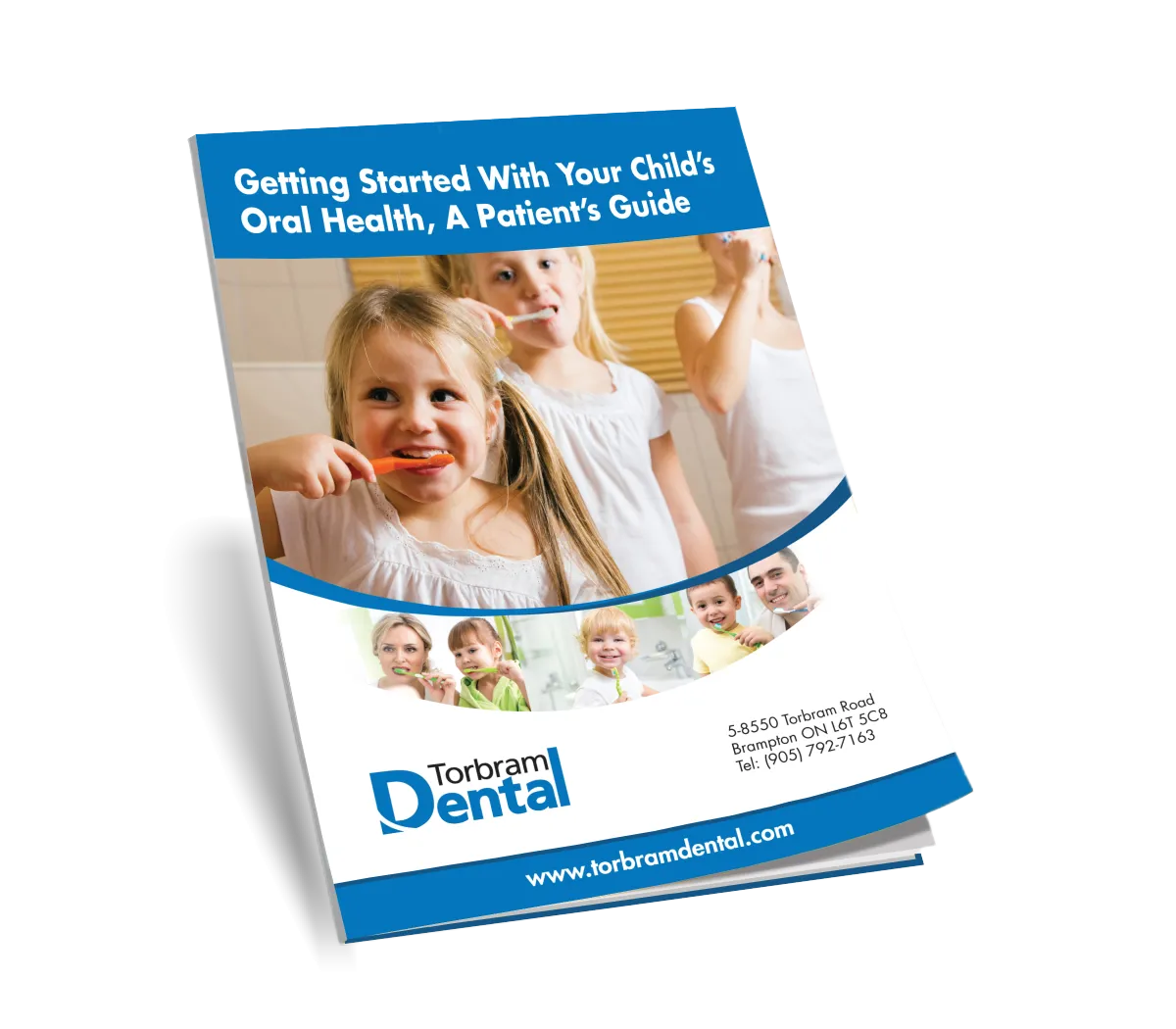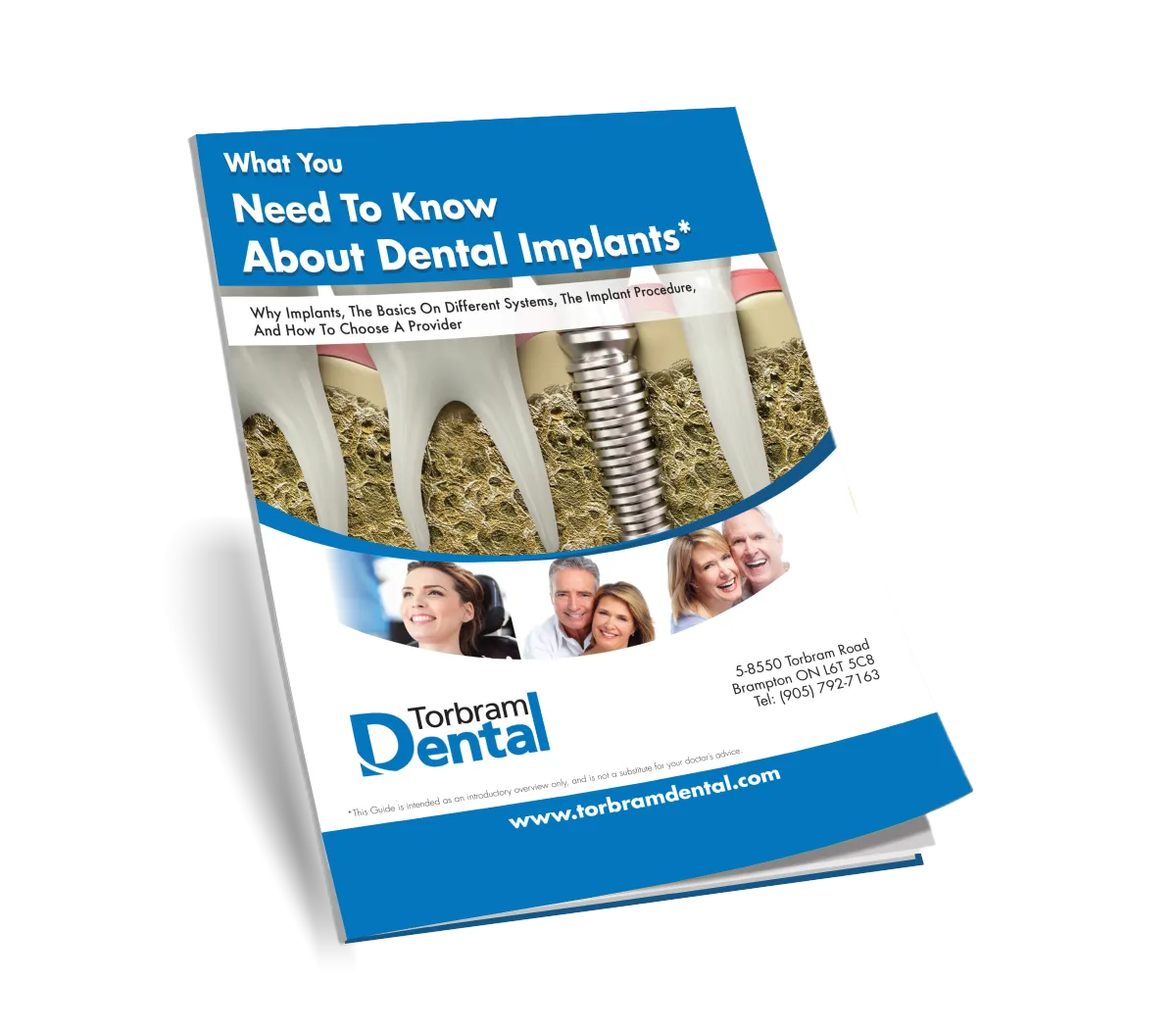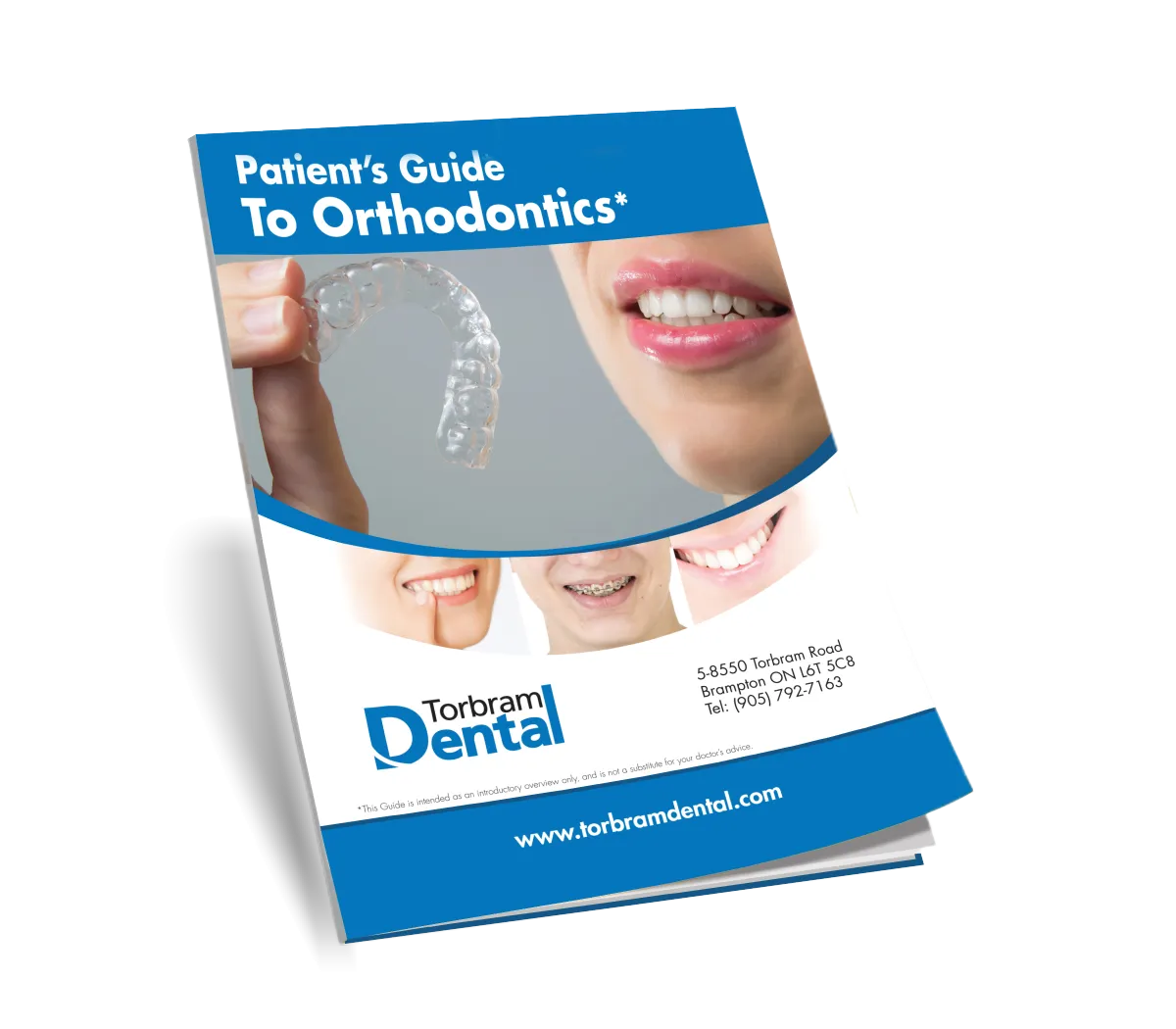 Any type of dental emergency that occurs should be taken seriously. However, not all forms of trauma are the same. While some can be stabilized at home until your emergency dentist in Brampton can examine you, there are other situations that require you to head to your local emergency room immediately. So you won’t be left to guess, read on to discover what the difference is between the two types of dental trauma so you can get the help you need.
Any type of dental emergency that occurs should be taken seriously. However, not all forms of trauma are the same. While some can be stabilized at home until your emergency dentist in Brampton can examine you, there are other situations that require you to head to your local emergency room immediately. So you won’t be left to guess, read on to discover what the difference is between the two types of dental trauma so you can get the help you need.
What’s Considered a Dental Emergency?
While a dental emergency can cause a sudden pain sensation or profuse bleeding, not all situations can be treated with the same sense of urgency. For more typical forms of trauma, there are steps you can take at home to temporarily calm the symptoms. But even if you’re successful, it’s critical that you still visit an emergency dentist to have the issue treated so you can fully recover.
Here are the typical types of dental trauma a dentist can treat:
- Toothache
- Chipped or broken tooth
- Dislodged tooth or dental fixture
- Foreign object stuck between teeth
To aid in your recovery from either of these situations, it’s important to remain calm so you can fully assess what has happened. Then, reach out to a local emergency dentist to get the help you need.
What to Do if You Can’t be Seen Immediately
If you’re dealing with severe pain and swelling, you can take ibuprofen (Motrin/Advil) and apply ice to the inflamed area in 15-minute increments. In the event of a broken tooth, gather any dislodged pieces in a baggy and take them with you when you visit the dentist.
For a dislodged tooth, grab it by the crown (the wider portion) and carefully rinse it under cool water, being cautious in handling it, as not to remove any tissue that is still attached. Then try to reinsert the tooth, but if that’s not possible, then place it in a cup of milk or water with salt added. Because this is a very time-sensitive matter, it’s important that you reach out to an emergency dentist immediately to request a visit.
When It’s Necessary to Head to the Hospital
If you receive a cut to your soft tissue that causes bleeding that lasts more than 10 minutes, then you should head to the emergency room to be treated. You also need immediate care for a broken or dislocated jaw, or an abscess that has caused swelling that affects your breathing or ability to swallow.
By taking swift action, you can decrease the amount of suffering you have to endure and get the professional attention you need. Ultimately, by being better prepared for how to respond, your recovery can be much smoother.
About the Author
Dr. Vince Fava is a graduate of the University of Toronto. With over 20 years of experience in the dental world, he combines a wealth of knowledge and compassion to help his patients fully recover from dental emergencies at Torbram Dental. Dr. Fava can be reached for more information through his website.
Recent Comments
Simrit Bio
Simrit has been working at Torbram Dental since 2001. She started her career with Assisting/Treatment co-ordinating and then moved on to becoming the Hygiene Co Ordinator in 2005. In 2012 she took on a new role as the Marketing Director. Though she loved being the Marketing Director, in 2015 she became the Office Manager of Torbram Dental. She completed her Level 1 Dental Assisting program with Career Canada in 1996 and then went on to complete her Level II Dental Assisting Diploma with Southwestern Medix in 1999. That is when she received NDAEB Certification. Simrit has been and still is an active member of the Ontario Dental Assistants Association since 2000. She enjoys hiking and traveling with her husband and two kids and loves to explore new restaurants, especially high-tea venues.
This will close in 0 seconds
Jessica Bio
Jessica, one of our receptionists, is one of the smiling faces you see when you arrive at the office. She graduated with honours from Medix College with a diploma as a Level 2 Dental Assistant. When she is not happily helping our patients, Jessica enjoys spending quality time with her friends and family, going to church on Sunday mornings, gardening and going on hikes.
This will close in 0 seconds
Naudia Bio
Naudia has been working at Torbram Dental for many years and is a valued member of our administrative team: as a dental receptionist and in our marketing team . She graduated from Everest College with honours level 1 and 2, with a diploma in Dental Assisting. Naudia is always there for our patients, making sure that they receive the care and attention they deserve. When not at the office, she enjoys spending time with family and friends, cooking and indulging in civil court TV shows.
This will close in 0 seconds
Ramandeep Bio
Ramandeep has been a part of Torbram Dental for the past 10 years as certified dental assistant. She obtained her level 1 certification from Everest college in Brampton in 2013, and then her level 2 certification in 2014 from Medix college. Her career path through the clinic has been recognized by staff at all levels who admire her work ethic and dedication to million dollar smiles. In her spare time, Ramandeep enjoys cooking and gardening, and spending time with her husband and 2 kids.
This will close in 0 seconds
Sana Bio
Sana is a valued member of our dental hygiene team. In 2008 she completed her education at George Brown in Dental Assisting and in 2016 she earned her diploma in Dental Hygiene from the Canadian Academy of Dental Health and Sciences. Sana has been working in dentistry since 2008 and enjoys taking care of our patients and helping them with their oral health. She is married and is busy with her 2 young children. In her spare time, Sana enjoys going out with the family, trying out new places to eat and is looking forward to travelling with them in the future.
This will close in 0 seconds
Sanaria Bio
Sanaria has been working at Torbram Dental for many years as a valued member of our Dental Assisting Team. She completed her level 2 dental assisting certification and previously obtained a degree in Education and worked as a quality control officer in the pharmaceutical industry. When not at work Sanaria loves to bake and cook. She also loves story time and enjoying the outdoors with her children. She always sees the positive side of life, believes that nothing is impossible and that if you set a goal and work at it, that you will make your dreams come true.
This will close in 0 seconds
Carrie Bio
Carrie has been working at Torbram Dental since 2001. She graduated from George Brown College in 1998 with a Dental Assistant Diploma and continued to further her education by completing a Dental Hygiene Diploma in 2001 at Durham College. Carrie is a highly trained and experienced Registered Dental Hygienist who continues to learn and grow by updating her knowledge to provide her clients with the best Oral Health Care techniques and information. Carrie is passionate about Dentistry and is known for her gentle and compassionate manner. She feels strongly about building lasting relationships and trust with her clients to help them understand that good Oral Health leads to good Overall Health. Carrie enjoys travelling, dabbling in decorating and a good Netflix series in her time off. Carrie resides in Halton Hills with her husband and two children.
This will close in 0 seconds
Daniela Bio
Daniela's interest in Dentistry began in Gr.6 when she wrote a speech entitled "My Life as a Toothbrush".
A Registered Dental Hygienist with 22 years of clinical experience, Daniela still has a great passion for her career. The most rewarding aspect for her is building lasting relationships with her patients, and seeing them through to a healthier smile.
Her thorough yet gentle touch will ensure a comfortable visit every time.
Daniela is a total Foodie and loves to cook and enjoys all types of cuisines. She loves Florida, Cruises, organizing things, and most of all spending time with family and friends.
This will close in 0 seconds
Stephanie Bio
Stephanie Enjoys getting to know all new patients at Torbram Dental and catching up with long standing Patients. Stephanie enjoys spending quality time with her family. One of her favorite things to do with her daughter is teach and play the piano. Stephanie likes going on walks with her husband and enjoys spending as much time with him as he is an Active Member of the Canadian Army. On Sundays, Stephanie enjoys going to Church and looks forward to Sunday Dinner with her entire family. Stephanie's Favorite thing to do to start her day right is head to her local Starbucks and Grab her favorite drink, an iced black tea with light lemonade on warm days and a blonde vanilla latte on those cold winter days.
This will close in 0 seconds
Aalisha Bio
As a dedicated Dental Hygienist at Torbram Dental, Aalisha brings recent knowledge and experience to ensure the best oral health for our patients. She holds a Diploma in Dental Hygiene from the Toronto College of Dental Hygiene and Auxiliaries and has further enriched her education with a Bachelor of Science from the University of Waterloo. Beyond her professional qualifications, Aalisha has a zest for life that extends beyond the dental chair. She cherishes quality time with family and friends, thrives on outdoor adventures, and has a passion for hiking and water-based activities, especially during the sunny summer days. She is an avid traveler, exploring tropical paradises and historic destinations while immersing herself in diverse cultures and indulging in delicious culinary experiences."
This will close in 0 seconds
Supreet Bio
Supreet was born and raised in Punjab, India and came to Canada in 2016. She graduated from Sheridan College as an Environmental Lab Technician but later decided to change her career to dentistry. She completed her Level I and II Intra-Oral Dental Assisting course from George Brown College and graduated in 2023. In July 2023, Supreet joined the team at Torbram Dental where she enjoys working. In her free time, she loves to read books.
This will close in 0 seconds
Childs Oral Health


Enter your information below.
We will email your copy right away.
This will close in 0 seconds
Cosmetic Dentistry


Enter your information below.
We will email your copy right away.
This will close in 0 seconds
Implant Dentistry


Enter your information below.
We will email your copy right away.
This will close in 0 seconds
Orthodontic Dentistry


Enter your information below.
We will email your copy right away.
This will close in 0 seconds
Invisalign


Enter your information below.
We will email your copy right away.
This will close in 0 seconds
Anxiety Free Dentistry


Enter your information below.
We will email your copy right away.
This will close in 0 seconds
Wedding Day Smile


Enter your information below.
We will email your copy right away.
This will close in 0 seconds
